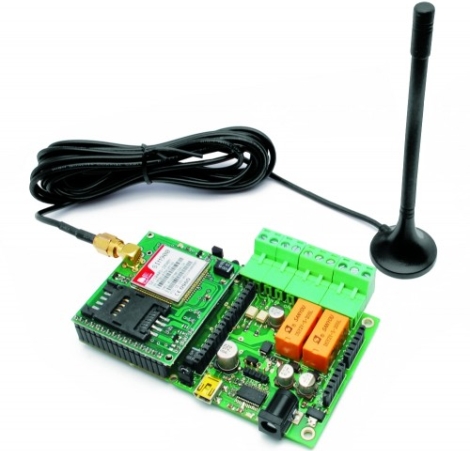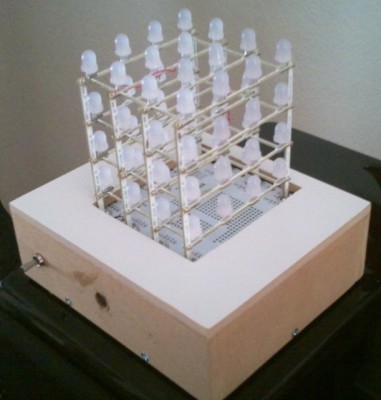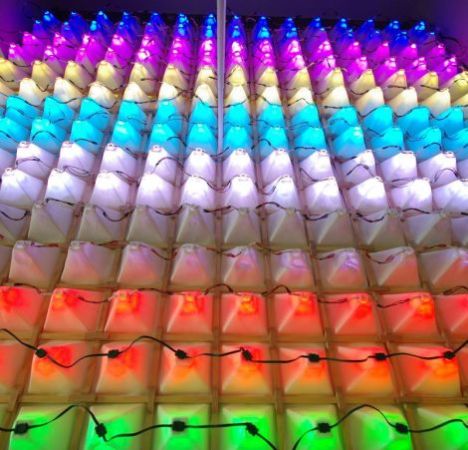
If you’re looking to remotely control things around the house, but can’t do it over the Internet or via WiFi, the TiDiGino just might have what you’re looking for. [Boris Landoni] from Open Electronics sent some information on the TiDiGino our way, and it certainly looks like a useful device if you’re in need of a solid GSM remote control module.
At the heart of the TiDiGino lies an ATmega2560, which is normally used in the Arduino Mega, so there’s plenty of processing power to go around. While the form factor differs just a wee bit from what you would expect from an Arduino, the TiDiGino sports all the proper connectivity to support any standard Arduino shield along with the requisite libraries required for use.
Through a contest/community effort, the TiDiGino supports remote alarm, gate control, remote thermostat control, and DTMF remote control functionality right out of the box. We imagine that our readers can dream up a litany of other uses as well, since GSM remote control tends to be pretty popular around here.
Be sure to check out the Open Electronics site if you’re interested in learning more about the TiDiGino – you’ll find a complete BoM along with code and schematics, making it easy to build your own.
















